How Smartphones Are Evolving with New Technologies
Stay up-to-date with our review of future smartphones, which showcase cutting-edge technologies and transformative features.
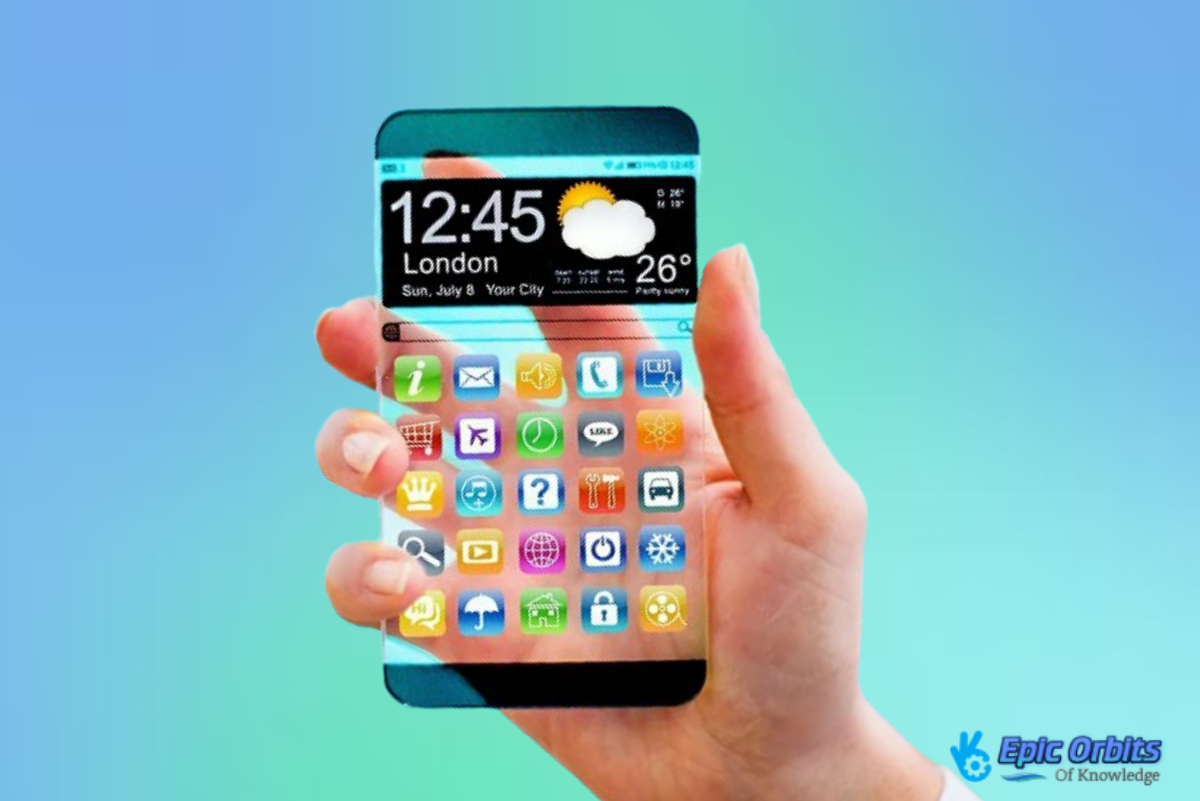
Welcome to the frightening new future of 2025, where your smartphone serves not only as a tool but also as a personal assistant, potentially wiser than both your employer and your college roommate. Hardware breakthroughs have led to software innovations that alter how we interact with our devices, consequently transforming the landscape of smartphones.
With its advanced camera system, Apple’s iPhone 16 Pro Max is challenging the Samsung Galaxy S25 Ultra as the best phone overall. This thorough guide will help you negotiate the 2025 jungle and identify which technical developments really matter.
Present Situation of Smartphones Technology
Entering mid-2025, the scene of smartphones is more lively than it has ever been. Starting the year with the OnePlus 13, the Galaxy S25 series came next, and then more recently the Motorola Razr foldable phone range. With the background of tariffs and trade agreements influencing the market, this frenzy of activity has left many wondering what the remainder of the year has ahead.
In the smartphone industry, Samsung, Apple, and Google are leading the competition. Competing products from companies such as OnePlus and Motorola enable them to be fierce competitors. With Galaxy AI integration and an immersive display, Samsung’s Galaxy S25 series is ruling the Android scene; the S25 Ultra stands out as the greatest phone overall.
1. Key Participants in the Smartphones Market of 2025
The big participants fight for market share. With Google’s Pixel smartphones also having a big influence, Samsung’s Galaxy S25 series and Apple’s iPhone 16 range take the stage.
Major players dominate the smartphone market, with Samsung, Apple, and Google leading the way.
- Samsung – Galaxy S25 Ultra: Known for its immersive display and Galaxy AI integration, offering advanced features and customization.
- Apple – iPhone 16 Pro Max: Part of the Apple Intelligence ecosystem, providing seamless integration and optimized performance across devices.
- Google – Pixel 9 Pro: Features AI-driven functionalities and enhanced camera capabilities, emphasizing smart photography and computational intelligence.
These flagship models showcase the latest innovations, driving competition and setting industry standards in design, AI, and user experience.
2. From hardware to software innovation: the change
The most notable change in 2025 is the slowing down of hardware specifications as software innovation picks up speed. Although most flagship Android handsets have Qualcomm’s Snapdragon CPUs, the true difference now comes in how makers use these chips for artificial intelligence processing.
The emphasis now is on software experiences that can always be upgraded rather than yearly hardware overhauls. Companies like Samsung and Apple are stressing artificial intelligence integration and software capabilities in their most recent gadgets, which reflects this development.
For example, Apple’s Apple Intelligence ecosystem and Samsung’s Galaxy AI Suite are stretching the possibilities for what a smartphone can do. These developments are increasing the personalization and simplicity of cellphones.
AI Integration: The Groundwork for the New Smartphones
The smartphone sector has reached a tipping point when artificial intelligence serves as the primary battlefield rather than just a capability. Now IT behemoths are fighting it out with neural networks rather than swords, so artificial intelligence is the main difference between the most recent smartphones.
As a marketing term, artificial intelligence has evolved into a very useful toolkit providing real-world advantages such as sophisticated voice commands, real-time call translating, and increased picture editing capabilities. The customer is the true winner in this AI arms race because now she has access to phones that can translate languages in real time, summarize lengthy publications, and remove undesired components from pictures.
1. Galaxy artificial intelligence suite from Samsung
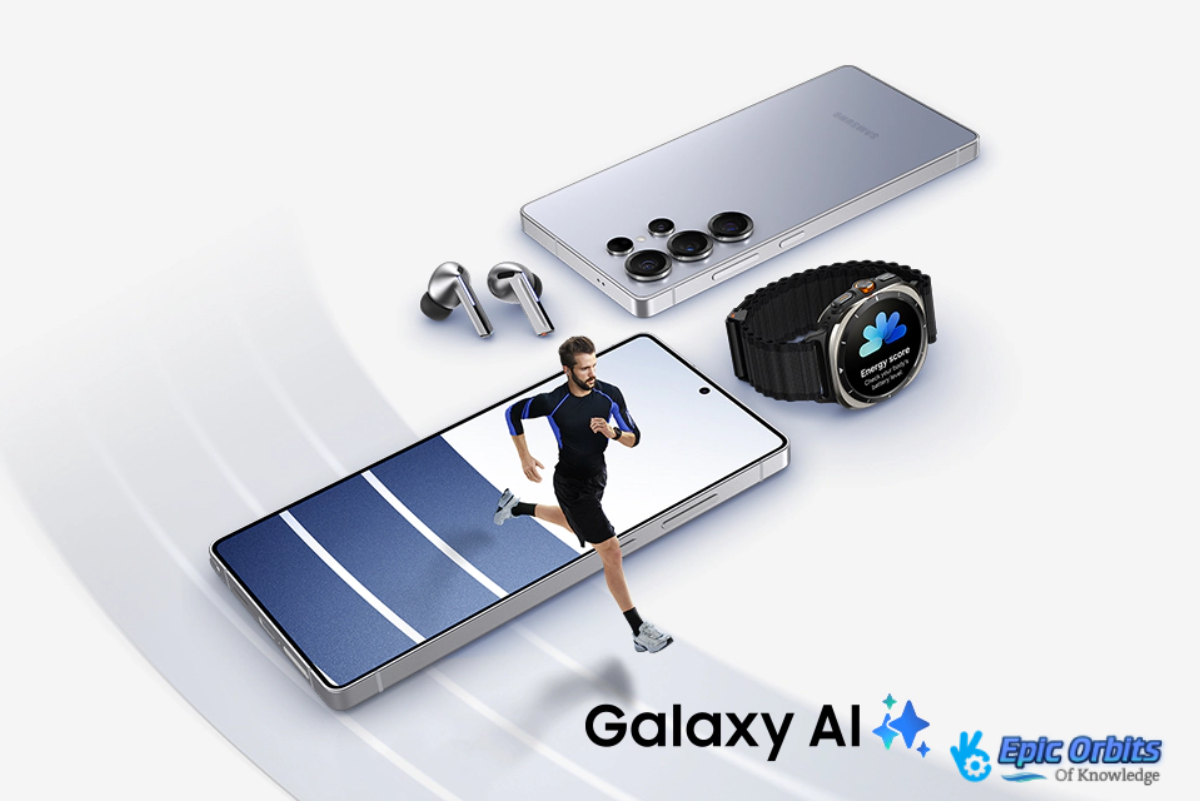
The Galaxy AI package from Samsung has changed greatly to include useful tools such as enhanced picture editing and real-time call translating. The Galaxy S25 Ultra is the best phone in 2025, as it deftly combines Galaxy AI with physical elements.
2. Apple Intelligence: Changing Apple Experience
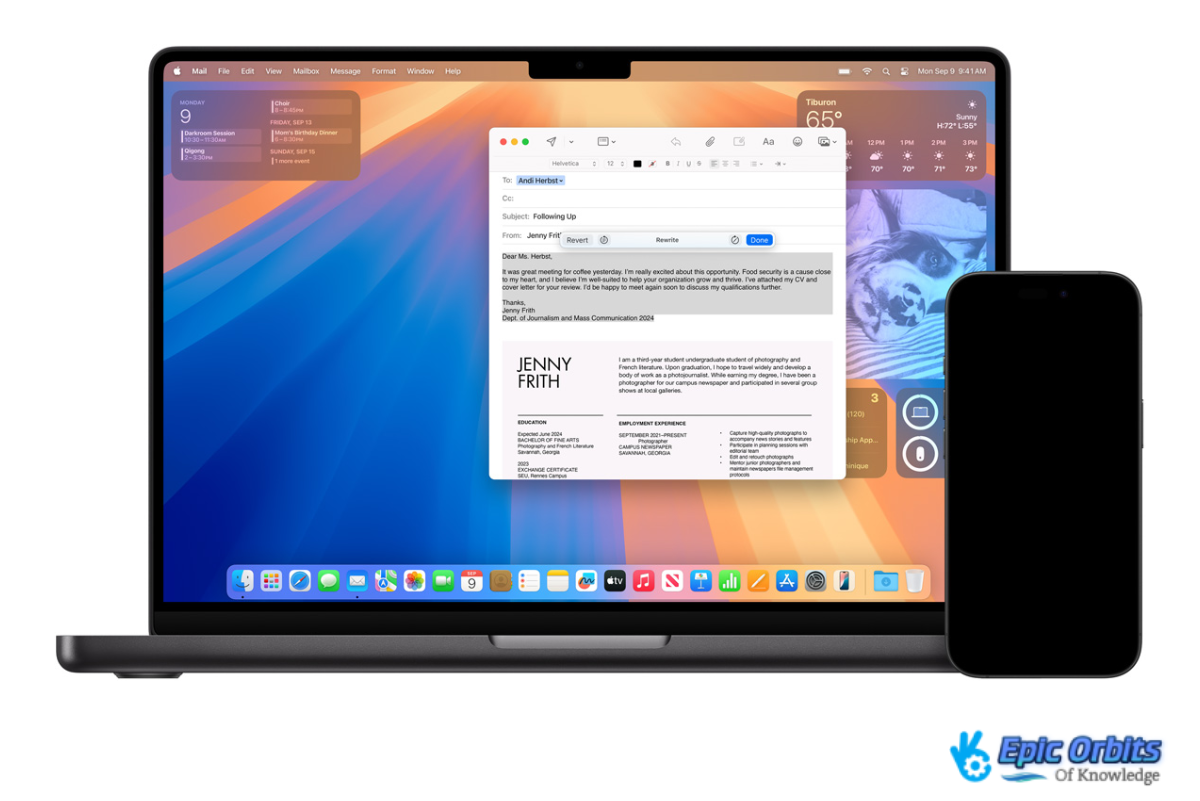
Apple Intelligence has caught up at last and offers contextual awareness and smart notification summaries that make Siri more helpful. These improvements are changing the iPhone experience by increasing its simplicity and usability.
3. Google’s Pixel Device AI Strategy

With its Tensor processors, which provide superior picture processing and conversational transcribing, Google’s Pixel smartphones keep using the company’s AI-first strategy. With its AI-driven features, the Google Pixel 9 Pro distinguishes itself and competently rivals smartphones on the market.
Including artificial intelligence in cellphones aims not only to bring fresh capabilities but also to create a flawless user experience. Future cellphones should show even more creative uses as artificial intelligence technology develops.
Smartphones: Innovations in Display Technology
By 2025, smartphone displays have evolved to such sophistication that they sometimes practically surpass the world we live in. Display technology has seen major advancements thanks to the unrelenting search for innovation, which makes today’s cellphones more fun than they were years ago.
The present situation of display technology is evidence of the rapid developments in the discipline. Smartphones are now more competent than ever with anti-reflective displays, better refresh rates, and maximized screen sizes.
1. Anti-Reflective Screens: An Evolutionary Change
Samsung’s S25 Ultra is leading the way with its anti-reflective Corning Gorilla Armor 2 glass. This technique greatly enhances outdoor visibility, therefore enabling users to check their phones at the beach without building a complex towel fort to block the screen from glare.
The anti-reflective function is a game-changer, not just a novelty, for outdoor enthusiasts and anyone who uses their phone a lot in bright settings.
2. The Year with High Refresh Rates
The competition over refresh rates has largely settled, with 120 Hz now being the standard for most high-end smartphones. This means that surfing social media, viewing movies, or gaming on your smartphone is smoother than it has ever been. Better power management for these high-refresh-rate screens has made those improvements feasible in substantial part thanks to the Snapdragon Elite CPUs.
3. Dimensions and Resolution: Locating the Sweet Spot
Premium smartphones, such as the iPhone Pro Max, have stabilized around a 6.7-inch screen size, striking a balance between immersive content viewing and comfortable handling. Display resolution has reached a point where the human eye rarely discerns additional pixels, prompting manufacturers to focus on color accuracy and brightness improvements.
Key display and performance features of flagship models:
- Samsung S25 Ultra: 6.9-inch screen, 120 Hz refresh rate, Corning Gorilla Armor 2 for anti-reflective protection, powered by Snapdragon 8 Elite.
- iPhone Pro Max: 6.7-inch screen, 120 Hz refresh rate, anti-reflective coating, powered by A18 Pro.
- Google Pixel 9 Pro: 6.7-inch screen, 120 Hz refresh rate, anti-reflective coating, powered by Google Tensor G4.
While anti-reflective technologies continue to evolve, the industry has converged on standards like 120 Hz refresh rates for smooth visuals and responsive performance.
Camera Systems: Beyond Marketing Based on Pixel Count
The era of megapixel marketing is transitioning, with modern smartphone cameras focusing on computational photography and beyond. Examining the most recent developments reveals that the real differences currently are in how these cameras analyze photos, their capacity to record a greater variety of situations, and the creative elements improving user experience.
1. Smartphones: The Emergence of Computational Photography
Modern smartphone cameras now center computational photography as their backbone. These days, the megapixel count is just one aspect; another is how the camera treats the photographs. Improving picture quality depends mostly on algorithms, which also help to make even the most commonplace settings remarkable.
For example, Apple’s approach emphasizes keeping a natural appearance; Samsung’s latest photo processing technology may turn a foggy day into a vivid landscape. This variation in methodology emphasizes the variety among top manufacturers in computational photography.
- Although the actual camera sensors may have leveled off between 50 and 200 MP, the processing is truly where the magic happens.
- Image quality may be much improved by advanced algorithms, transforming ordinary images into remarkable ones.
2. Telephoto Innovations: 5x Optical Zoom Takes Front Stage
Innovations in telephoto lenses have seen significant progress; 5x optical zoom is now somewhat common. The emergence of specialized telephoto lenses in flagship cellphones has mostly caused this change, as it lets users clearly photograph far-off things.
For instance, the Samsung Galaxy S25 Ultra has a much-improved camera system with a 50MP ultrawide lens, which captures macro images and landscapes with more clarity and color. Comparative examinations of the S25 Ultra, iPhone 16 Pro Max, and Google Pixel 9 Pro XL reveal that the Samsung device offers the most vivid and crisp images.
The Samsung Galaxy S25 Ultra boasts an enhanced camera system, featuring a 50MP ultrawide lens capable of capturing macro shots and landscapes with exceptional clarity and color. Comparative testing of flagship models highlights Samsung’s superior imaging performance.
Key camera specifications:
- Samsung Galaxy S25 Ultra: 50MP main camera, dedicated telephoto lens with 5x optical zoom.
- iPhone 16 Pro Max: 48MP main camera, dedicated telephoto lens with 5x optical zoom.
- Google Pixel 9 Pro XL: 50MP main camera, telephoto lens with 5x optical zoom.
Among these, the S25 Ultra consistently delivers the most vivid and crisp images, excelling in both color reproduction and detail capture.
3. Video capabilities: 4K at 120 fps and audio mix technology
Additionally, a significant improvement is the video capturing capabilities, as several flagship devices now include 4K recording at 120 fps as standard. Perfect for filming fast-paced events or generating slow-motion effects, the technology allows for flawless, high-quality video capture.
Furthermore, Apple Pro models—including Audio Mix technology—improve audio isolation and quality during video recording, allowing videographers and content makers who need excellent audio to complement their images to especially benefit from this function.
“The developments in smartphone camera technology are not only about improving image quality; they also provide new possibilities for creators and enhance the general user experience.”
Smartphones: Physical Controls Make a Resurfacing Appearance
Plot twists worthy of M. Night Shyamalan see physical buttons making a triumphant comeback to smartphones after years of manufacturers striving to eradicate them quicker than plastic straws. Along with new tactile controls, the 2024 models have clearly changed their look with reduced bezels that improve the bigger screen experience.
1. Apple’s Camera Control Button: Use and Function
Apple’s new Camera Control button has transformed mobile photography by letting users start the camera and capture images without stumbling over the lock screen—because life’s priceless events wait for no one, particularly not the face recognition on your phone. For those who take many pictures with the iPhone, this physical switch permits quick camera access and photo capture free from screen interaction—a feature ZDNET Editor-in-Chief Jason Hiner said “will be super handy.”
The camera control button is the smartphone counterpart of a DSLR’s half-press capability, but without the photography interest you dropped after two weeks, it is not just a shutter but a doorway to various photographic functions accessible with varying pressure levels.
2. Customizable Control Tools and Action Buttons
Manufacturers, understanding that occasionally touching a tangible object is more gratifying than tapping glass—it’s what the smartphone business discovered—have made action buttons the latest trendy accessory. Customizable control buttons have offered users the ability to link their most-used tasks to physical inputs, which is great until you accidentally set your phone to contact your ex instead of turning on the flashlight.
3. The Decline of Bluetooth Features of the S Pen
Like your drive at the gym after January 15th, Samsung’s S Pen’s Bluetooth functionality has silently vanished, signifying a change from gimmicky remote control capabilities toward more pragmatic pen uses. This movement in design mirrors a larger industry trend, wherein the emphasis is shifting from novelty elements to more practical and user-friendly designs.
The comeback of physical controls on cellphones aims not only for nostalgia but also for improved user interfaces. Features like the camera control button let smartphone makers realize the ease and tactile feedback value they provide.
Different Form Factors for Smartphones
It is abundantly evident as we negotiate 2025 that cellphones are developing into many form factors with different appeal. The competition among foldables, flips, and standard slabs for smartphone form factors in 2025 has provided us with more options than a breakfast buffet.
1. Google Pixel 9 Pro Fold compared to Samsung Galaxy Z Fold: Foldable Phones
Offering a more polished experience with less obvious folds and greater camera integration, Google’s Pixel 9 Pro Fold has become a major rival to Samsung’s Galaxy Z Fold supremacy. In foldable technologies, the Pixel 9 Pro Fold represents a major advancement.
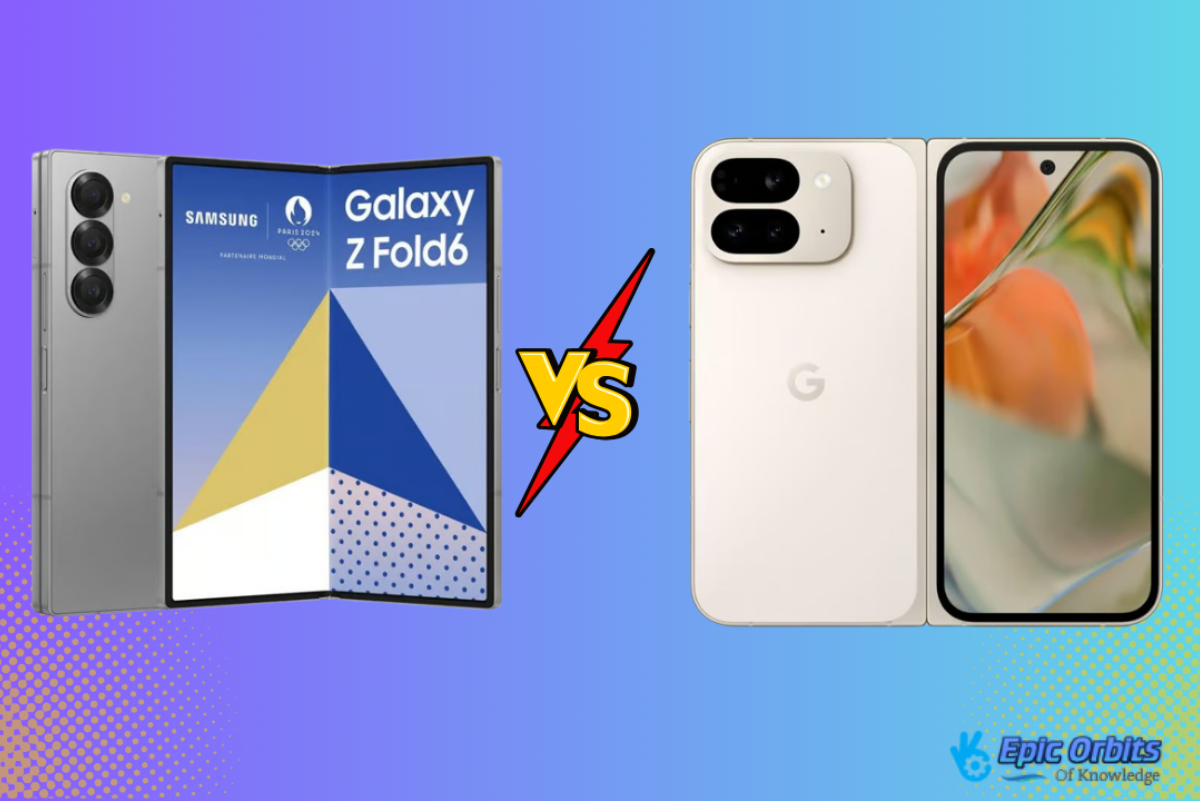
These two gadgets’ rivalry is heating the market, as each has special qualities to satisfy distinct user tastes.
2. Galaxy Z Flip6 compared to Motorola Razr Plus: Flip Phones Renaissance
The Galaxy Flip series keeps leading the clamshell revolution, with the Z Flip6 providing the ideal mix of nostalgia and modern technology. It’s for those who, as in 2005, want to drastically cut off phone calls by snapping their gadget closed.
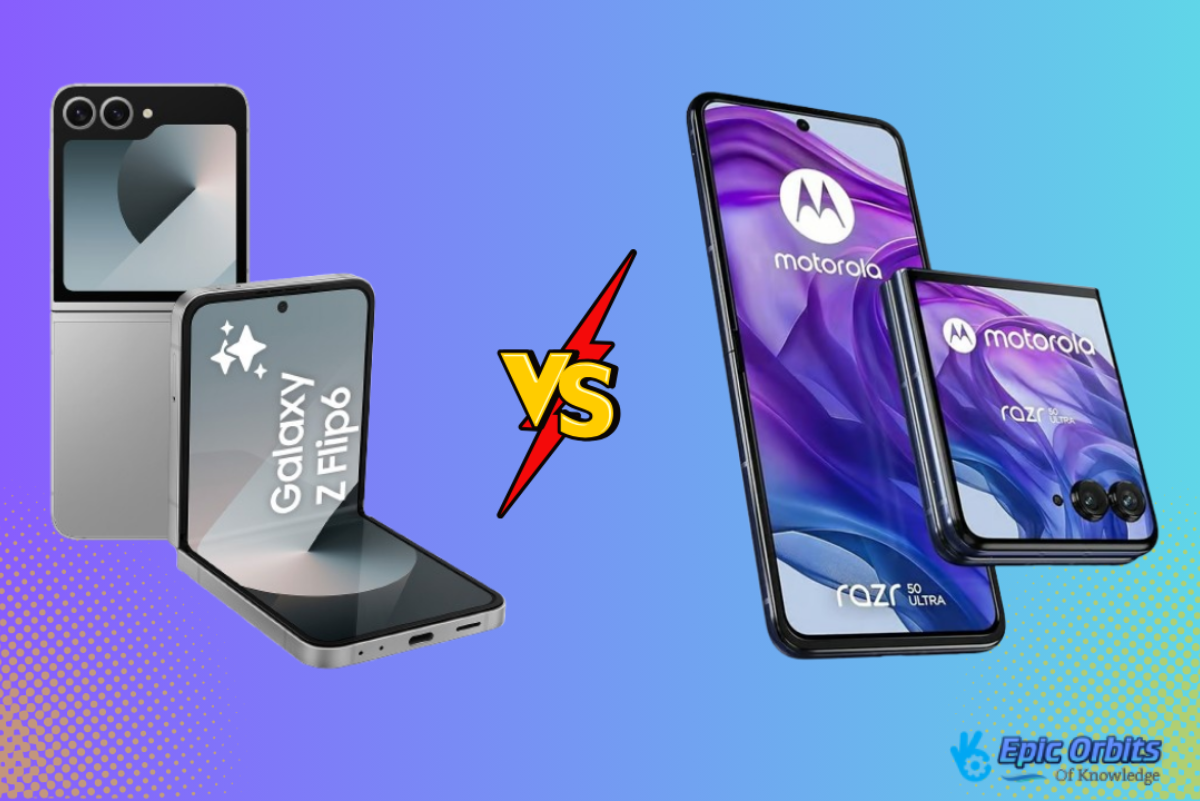
With its bigger cover display and retro look, Motorola’s Razr Plus has become the smartphone equivalent of vinyl records—not exactly better, but certainly cooler—as it has established itself as the greatest flip phone for people who value style over substance.
3. Conventional Slabs: Improvements over Revolution
Manufacturers, understanding that sometimes customers simply want a very excellent rectangle rather than a folding origami project costing as much as a used vehicle, have pushed traditional slab designs like the Samsung Galaxy S25 series more toward refinement than innovation.
While both sectors seem equally eager to drain your bank account for the newest item, the most fascinating development is not which form factor is winning, but rather how each has found its audience, demonstrating that smartphone design isn’t universally applicable, much like fashion.
Smartphones: Processing Capacity and The Race of Chipsets
The chipset competition is about cognitive processing now, not just about clock speed. From artificial intelligence-driven features to improved gaming experiences, smartphones’ chipsets are changing to do more difficult chores as they get more sophisticated.
1. Qualcomm Snapdragon 8 Benchmarks for Performance
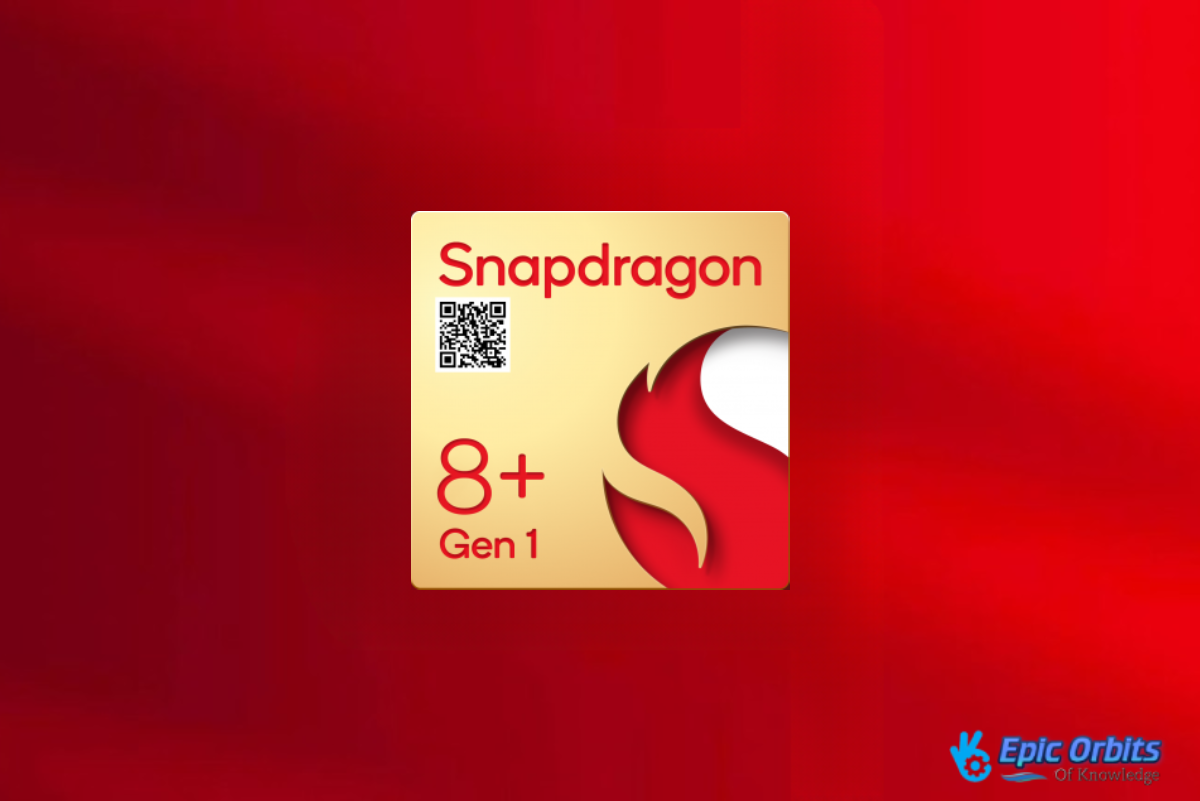
Setting fresh performance standards, the Qualcomm Snapdragon 8 Elite easily surpasses its predecessors. It is a powerhouse for Android phones, as it can do difficult chores at hitherto unheard-of rates using specialized artificial intelligence components.
Configurations include 12GB of RAM and a bigger cooling chamber, perfect for multimedia and gaming, which help it to perform. Your Android phone won’t freeze during that ideal picture capture or during lengthy gaming sessions either.
2. Apple’s A18 Pro: Architecturally AI-Optimized
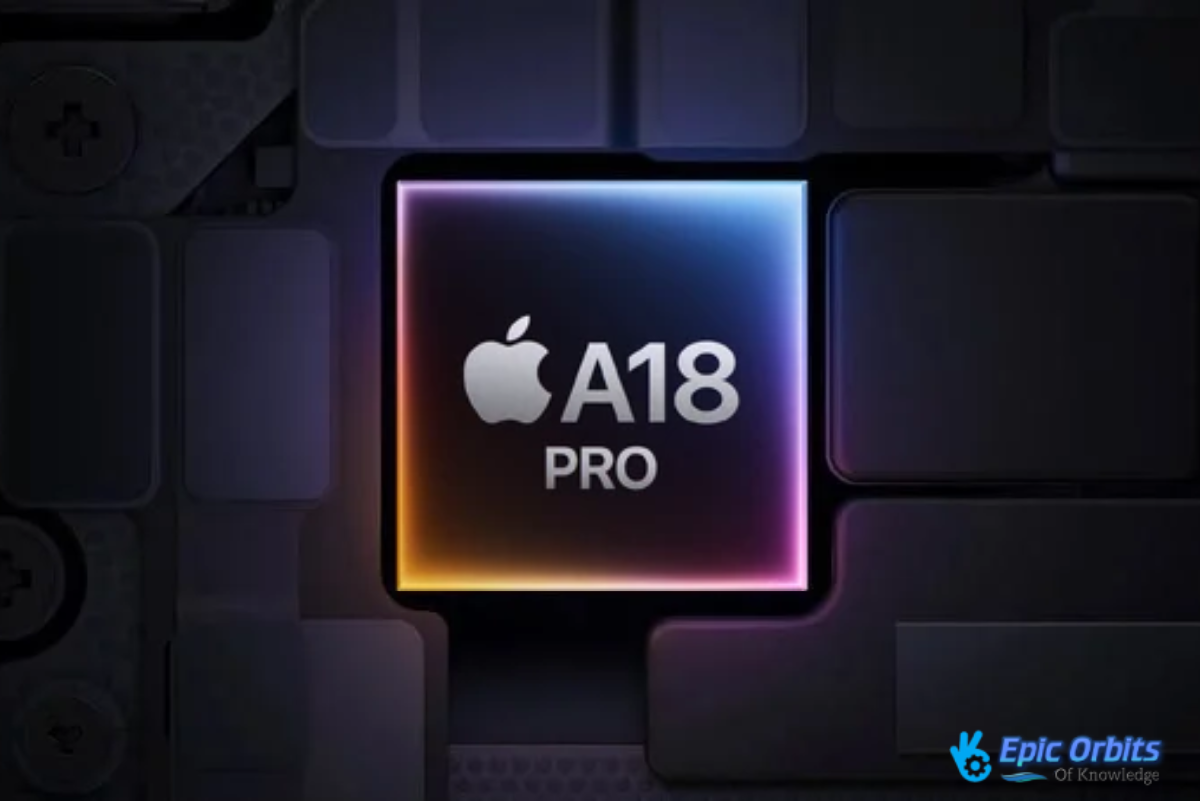
Apple’s A18 Pro processor carries on the company’s legacy of surpassing rivals even with features that may not appear as impressive on paper. The AI-optimized design of the A18 Pro processor manages Apple Intelligence traits with minimal impact on battery life.
This efficiency shows that, in the processor business, mere numbers are not everything; it’s about how well a chipset can do certain jobs, like those needed by the iPhone Pro.
3. Google Tensor G4 Uses
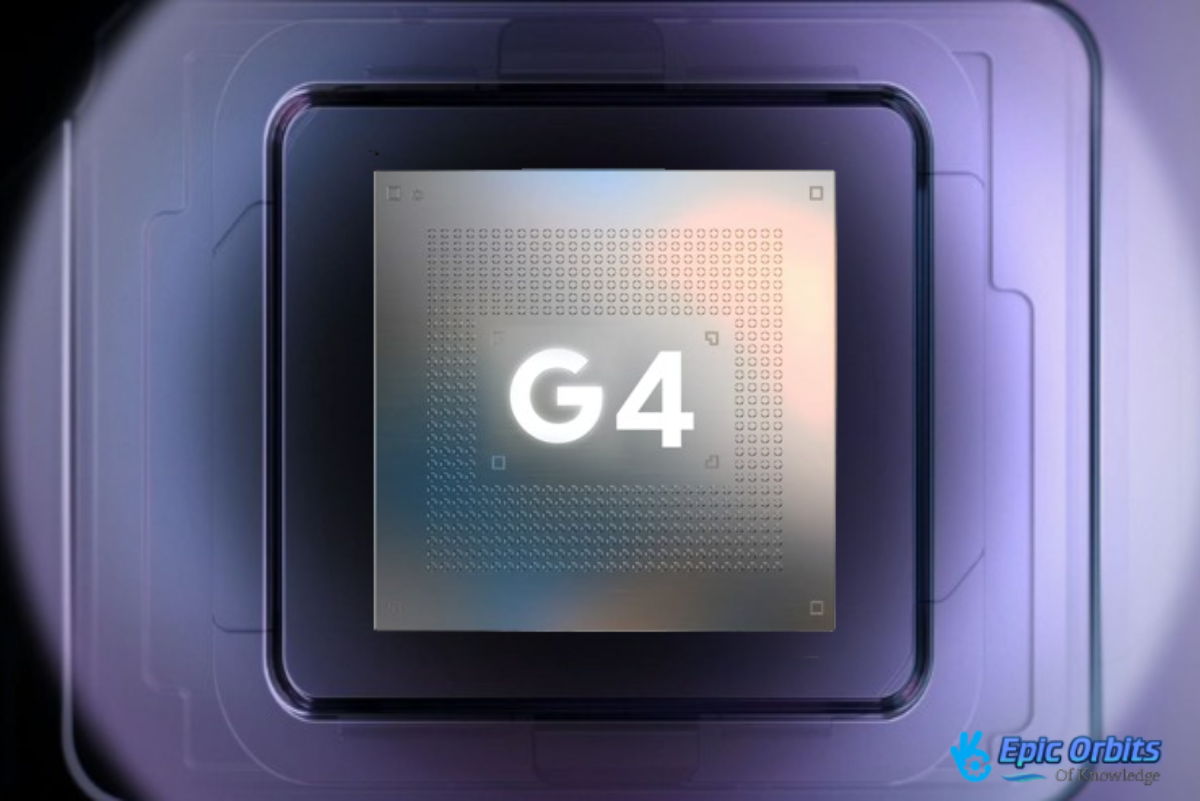
Maintaining the AI-first strategy of Google, the Tensor G4 processor gives machine learning chores that differentiate Pixel phones top priority. It thrives in jobs requiring sophisticated problem-solving, even if it could compromise some gaming performance.
This AI-centric design further enhances the Android phone experience, making the Tensor G4 ideal for consumers who rely on their cellphones for intelligent features and capabilities.
Smartphones: Charge Innovations and Battery Technology
Our mobile lives will be simpler in 2025 thanks to amazing developments in battery technology, the hidden hero of smartphones. Battery life now reflects how long your phone runs on one charge and how efficiently it uses that energy.
By 2025, flagship phones will have standardized on 4,000 to 5,000 mAh batteries. Maintaining a slim form, the Samsung Galaxy S25 Ultra is pushing the highest possible battery capacity. This standardization ensures that customers won’t need to recharge their devices to achieve a full day of usage.
Real innovation lies in efficiency rather than just capacity. The Snapdragon Elite CPUs have allowed Android phones to last longer without increasing battery capacity, similar to achieving better gas mileage without needing a larger gasoline tank.
For Android flagships, wired charging speeds have peaked around 45W. Apple, on the other hand, has at last hit a blazing 27W, a pace Android customers loved years ago. But because MagSafe and Qi2 standards provide 25W rates, wireless charging has proven really handy.
Improved batteries have helped the iPhone Plus models most; they now provide the all-day battery life Apple promised when the headphone port was taken off.
MagSafe and Qi2 have changed wireless charging fundamentally. Faster and easier charging provided by these technologies renders wire charging less required for daily top-ups.
These days, software tools that intelligently manage power consumption are as important as the battery itself. Your phone now understands when to quit surfing social media at 2 AM and when to save energy more precisely than you could know.
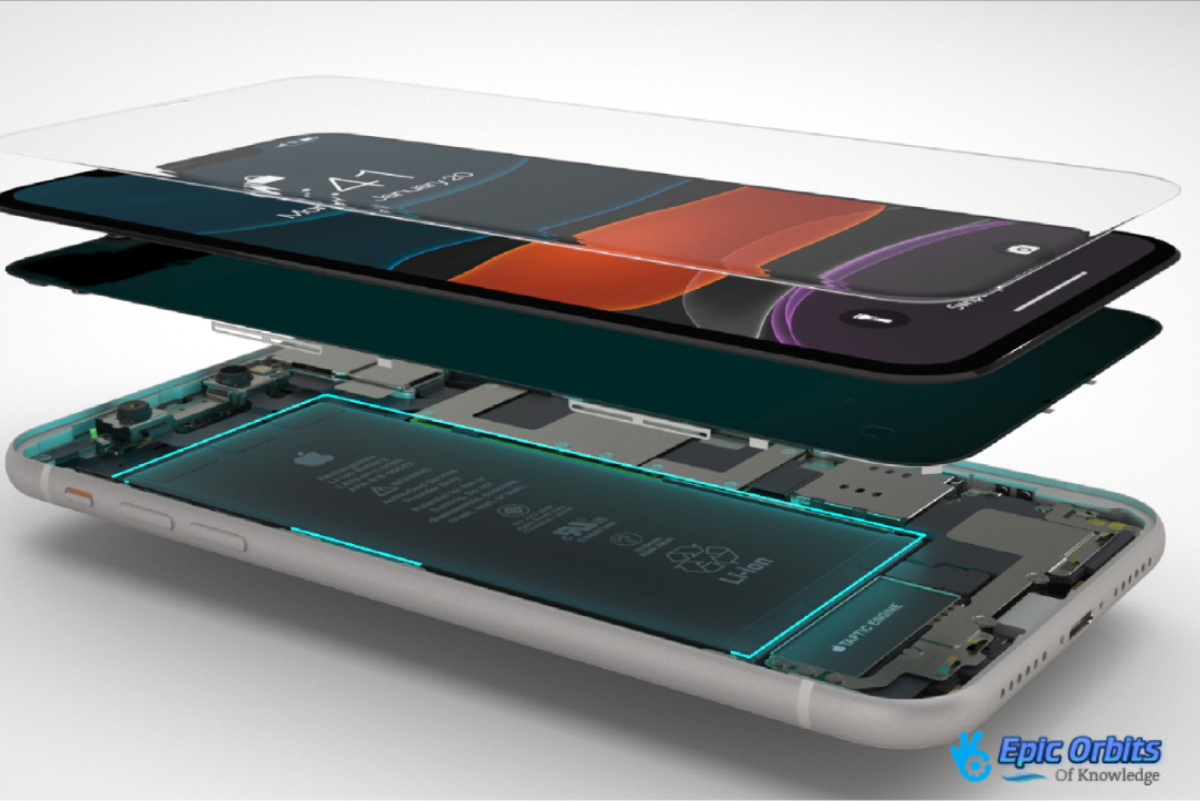
Smartphones: Construction Materials and Durability
Designed with durability in mind, the newest cellphones combine cutting-edge technology and materials. This change toward durability is about designing tools that can meet everyday needs without sacrificing performance or appearance, not just about withstanding inadvertent spills or mishaps.
Premium phones, such as the Samsung Galaxy S25 Ultra and iPhone Pro, now include titanium frames as a trademark. Originally derived from the aerospace sector, titanium has an unmatched strength-to-weight ratio, so it is perfect for smartphone frames. This trait makes gadgets lighter as well as more robust, therefore improving the user experience generally.
With IP68 certifications the norm, new cellphones now often have water and dust protection. Such protection implies that gadgets like your finest buy—an iPhone or a Samsung Galaxy—can resist being immersed in water or subjected to dust without incurring harm. Knowing these ratings lets users make informed decisions about the lifetime of their smartphone.
Thanks in great part to technology like Corning’s Gorilla Armor 2, screen protection has changed dramatically. For instance, the Galaxy S25 Ultra has enhanced glass technology that provides better shatter resistance and anti-reflective qualities. This advantage implies that cellphones are not only more robust but also more usable in different lighting environments.
Finally, the construction materials and lifespan of cellphones have undergone notable developments. Cellphones in 2025 will be more robust than ever thanks to titanium frames, improved water and dust resistance, and cutting-edge screen protection technologies. These characteristics guarantee that your smartphone can fit your active lifestyle, whether you’re debating the S25 Ultra or another top handset.
Smartphones: Software Support—The New Competitive Edge
The value of strong software support cannot be emphasized enough as cellphones become ever more advanced. Antiquated software no longer limits our phone purchases. Manufacturers now compete based on their ability to, over time, sustain their products.
Seven years of software upgrades now have outstanding appeal as a selling feature. Samsung, Google, and Apple are all fighting for customer confidence by claiming that their products will receive upgrades until they are nearly outdated. However, the actual validity of these pledges remains uncertain. It’s as if a restaurant promised a special meal for the entire week, only to run out of it by Tuesday.
Customers are becoming more intelligent as they realize that long-term software maintenance addresses security as much as it does the newest capabilities. A gadget without updates is a liability; hence, the seven-year pledge goes beyond just marketing filler.
In today’s mobile landscape, security patches are as vital as major OS updates, as manufacturers recognize the importance of protecting user data. Regular security updates ensure devices remain safe against emerging threats, though update frequency varies by manufacturer.
- Google: OS updates and security patches are released monthly.
- Samsung: OS updates are quarterly, with monthly security patches.
- Apple: OS updates are released annually with incremental updates, while security patches are monthly.
Additionally, Android phones with minimal or no bloatware are highly desirable. The absence of pre-installed, non-removable apps enhances user satisfaction and often allows these devices to command higher prices.
Software features that evolve over time through upgrades especially justify investing in expensive devices. Unlike many other consumer products, a phone’s capacity to become better with age makes for a special selling point.
2025’s Best Smartphones by Category:
Having tested several products, it gives us pleasure to provide our best choices for 2025. With different companies stretching the envelope of creativity, the smartphone industry has experienced notable developments. In this section, we will discuss the top cellphones across various categories.
1. The Samsung Galaxy S25 Ultra is rated as one of the best overall smartphones
Among smartphones for 2025, the Samsung Galaxy S25 Ultra is the best overall. It is a powerhouse with its immersive and vivid display, dependable battery life, and plenty of unique functions driven by the newest generative AI model. Although the beginning price is $1,299, given carrier offers or trade-in incentives, one should still give it some thought.
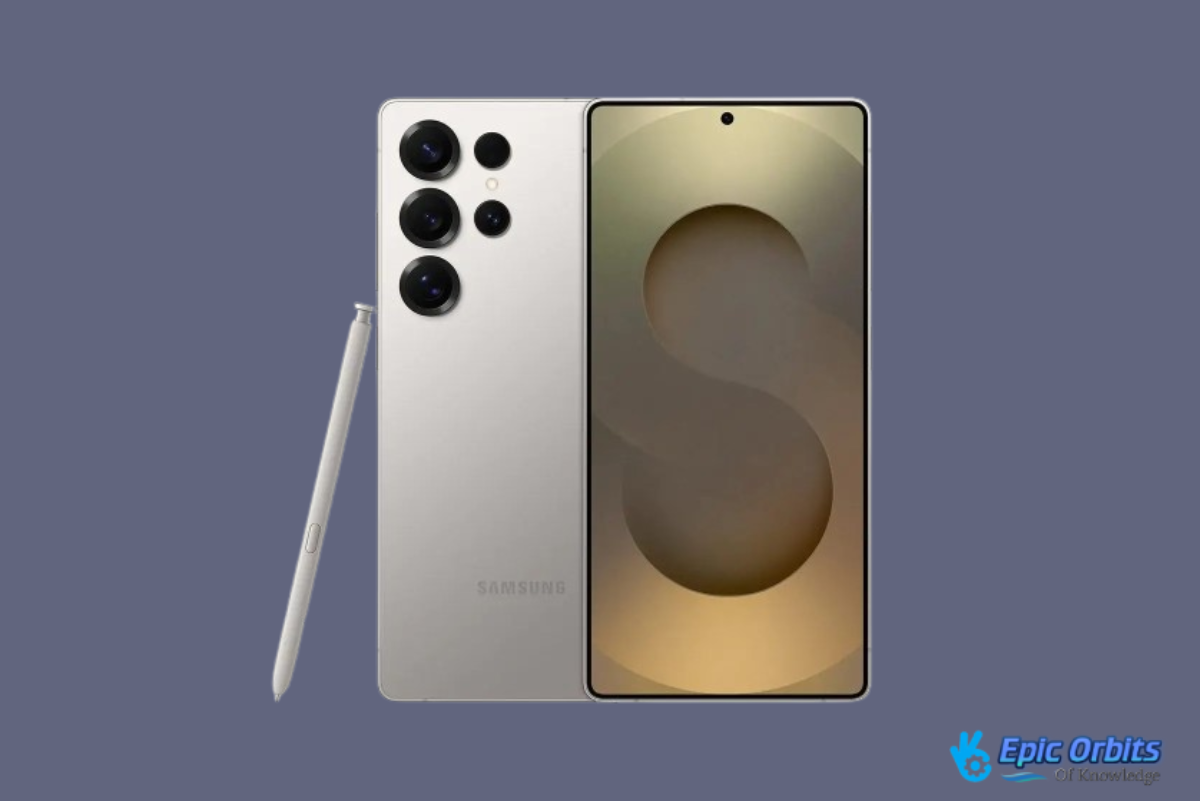
2. The best iPhone is the iPhone 16 Pro Max.
The iPhone 16 Pro Max continues Apple’s tradition of refined perfection. Its design is slimmer and more expansive; it has a Camera Control key for exact capture; and it has better videos. Among iPhone owners, this model is their first option because of the integration with Apple Intelligence.
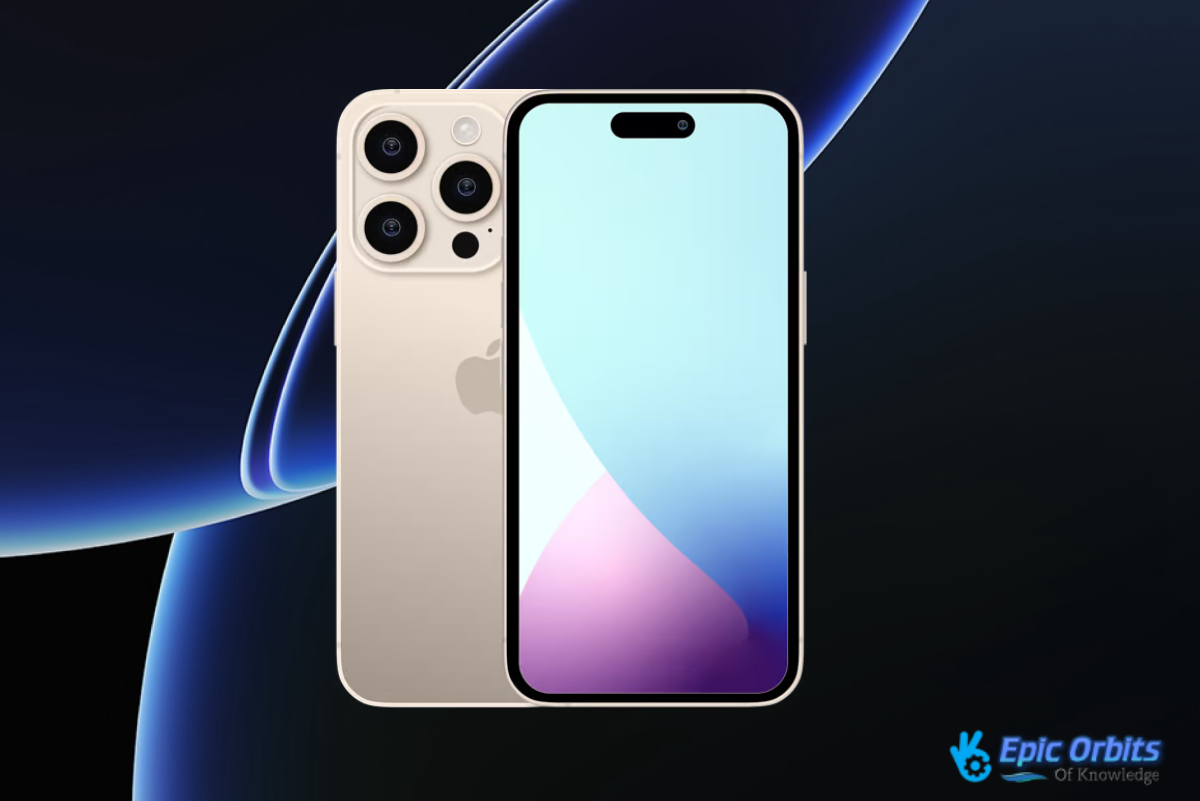
3. Google Pixel 9 Pro offers the best Android experience.
Combining clean software with clever features and an outstanding camera system, the Google Pixel 9 Pro offers the cleanest Android experience. It is evidence of what Android is capable of with proper execution.
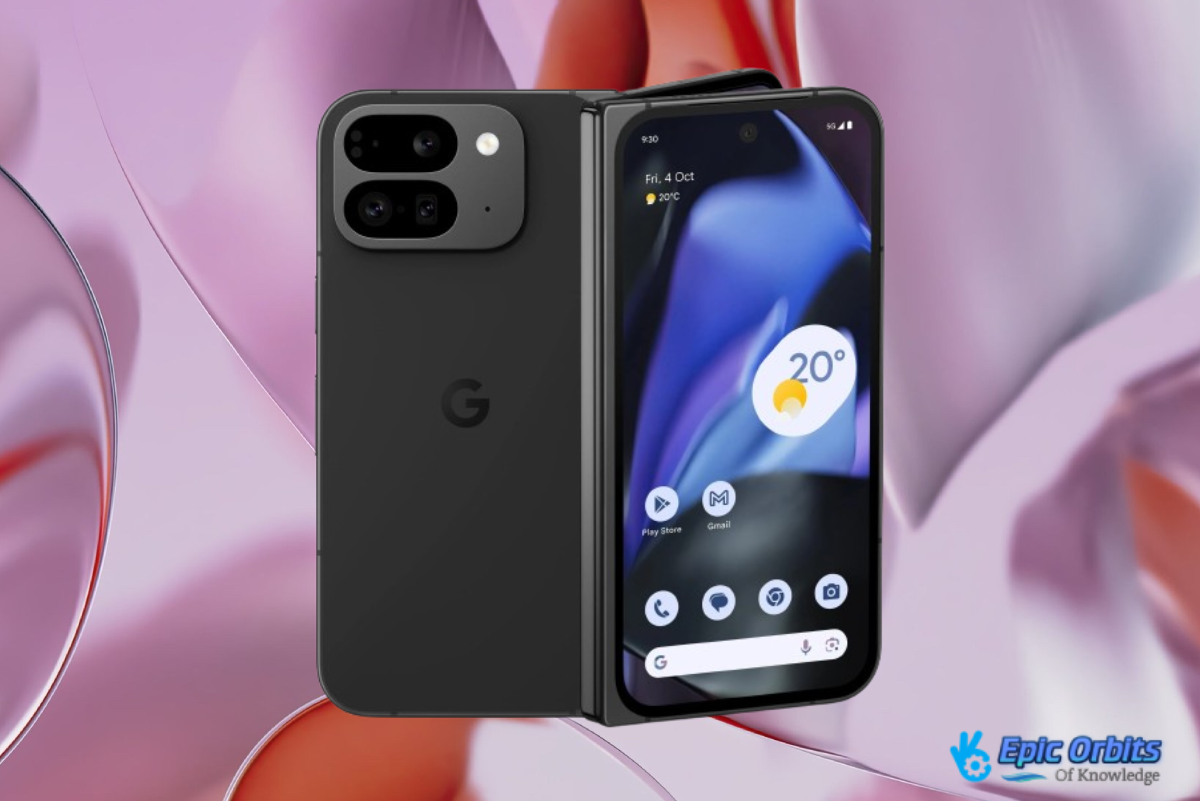
4. The OnePlus 13 is the best value flagship
With the OnePlus 13, OnePlus has once again taken back its “flagship killer” reputation The OnePlus 13 offers nearly all the features of more expensive phones, but with faster charging and better software.
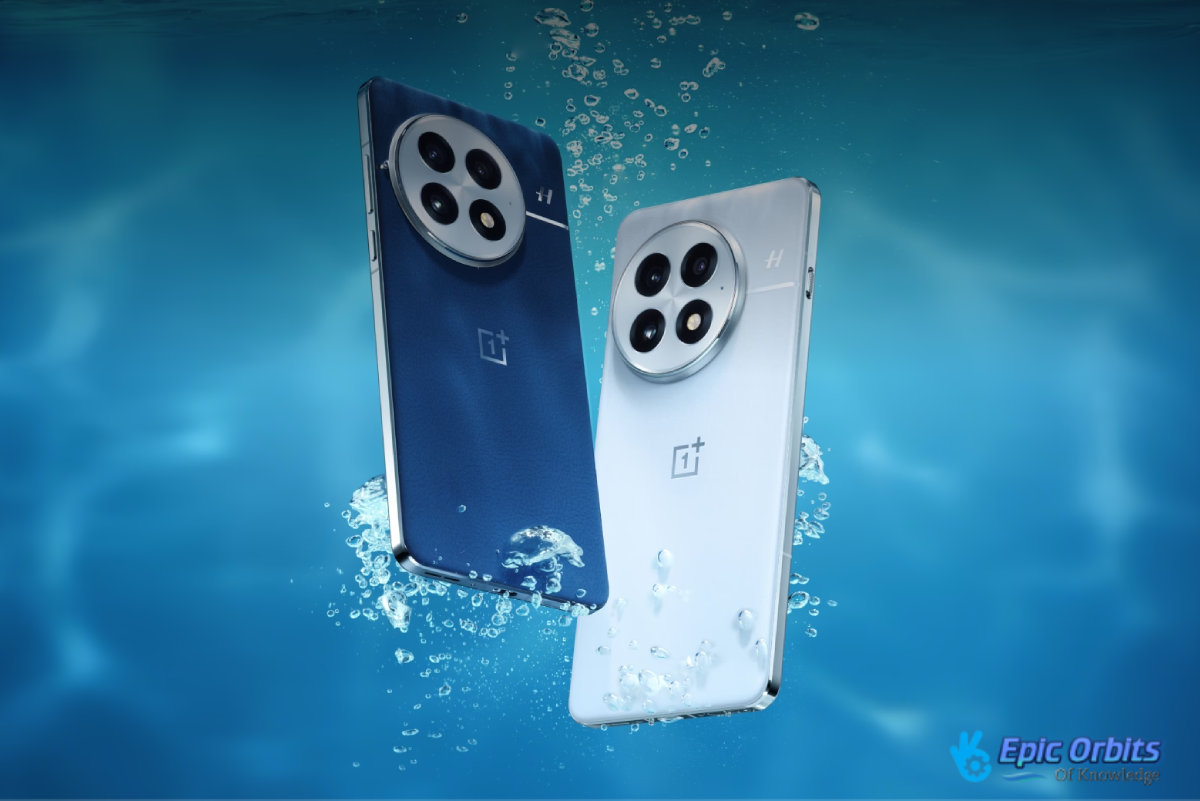
5. Ideal Budget Choice: CMF Phone 2 Pro
Delivering 90% of the flagship experience for less than $300, the CMF Phone 2 Pro has transformed the budget market. For someone seeking value without going broke, the handset is a fantastic choice.
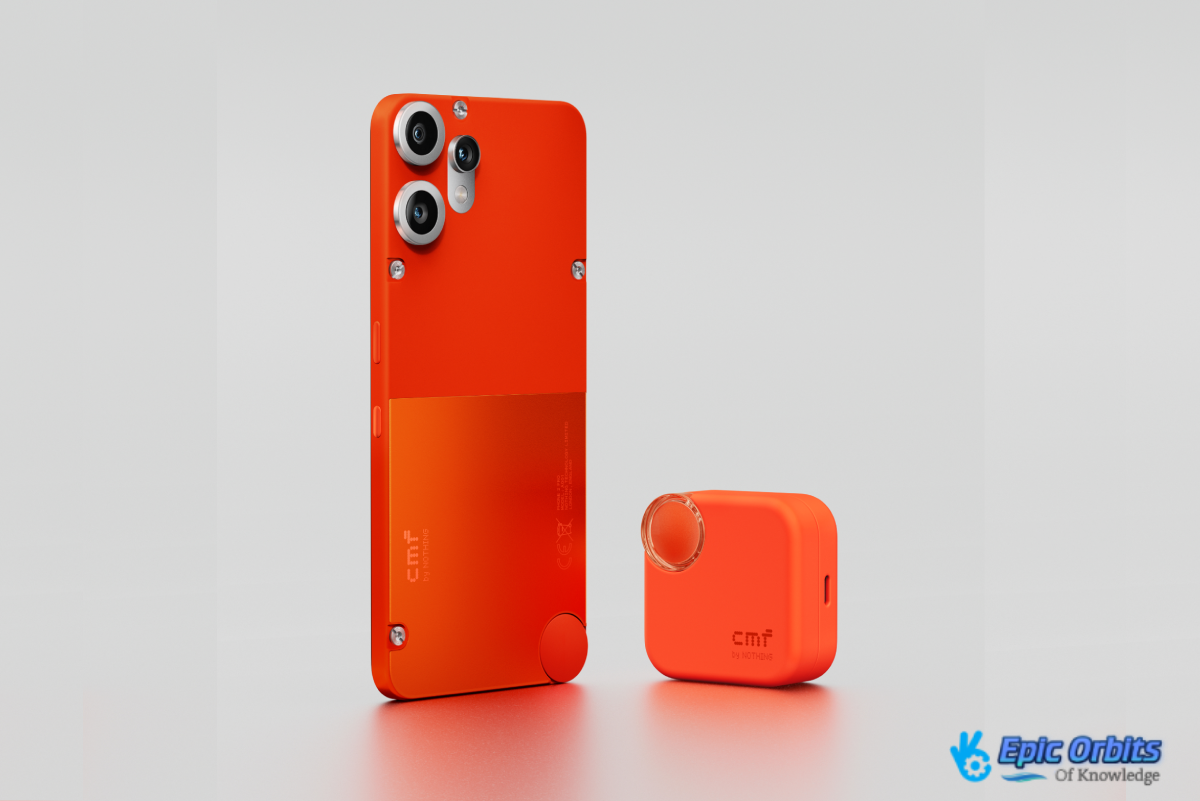
Premium Smartphones Market Price Trends:
Like $5 coffee has become the accepted norm, the luxury smartphone industry has reached a stage where $1,000+ price tags are commonplace. With smartphones like the Galaxy S25 Ultra and iPhone Pro Max pushing the envelope of cost, it is evident when we investigate the present scene that the luxury category is driving this trend.
1. The segment with $1,000+ Flagships
With costs around $1,300 for basic variants, the S25 Ultra and iPhone Pro Max models are driving the change in the ultra-premium market. Promises of lifetime and small enhancements, rather than revolutionary fresh features, support this price approach. For instance, the Galaxy S25 Ultra’s $1,300 price point aligns with improvements in photography capabilities and software support.
2. Mid-Range Value Suggestions
With prices ranging from $500 to $800, the mid-range market has become the ideal choice for consumers who prioritize value. Highly attractive devices in this class provide around 90% of the flagship experience without the expensive cost. Offering a striking substitute for the ultra-premium models, the best phone in this category strikes a mix between price and performance.
3. Budget Hero Under $500
Budget smartphones under $500 are making a strong resurgence, with devices like the CMF Phone 2 Pro delivering features once reserved for flagship models. These affordable phones are redefining value by combining solid performance, capable cameras, and essential features at low prices.
Key smartphone segments:
- Ultra-Premium ($1,000+): Offers advanced cameras, AI enhancements, and premium build materials.
- Mid-Range ($500–$800): Features high-performance processors, quality displays, and feature-rich software.
- Budget (Under $500): Provides surprising performance, decent cameras, and essential functionality.
The trend indicates that while ultra-premium devices push the limits of technology and price, mid-range and budget phones now offer compelling alternatives, bringing flagship features to a broader audience. Patience can pay off, as consumers can access advanced technology at increasingly accessible price points.
How to Select a Smartphones for 2025
The secret to choosing the perfect smartphone in 2025 is to know your use habits and what aspects are most important to you. With so many options, it’s easy to succumb to the latest trends or marketing hype. Still, the greatest smartphone for you will be one that fits your everyday requirements and routines.
1. Evaluating Your Smartphone Requests
First, consider how you use your smartphone. Are you mostly a texting and social media user, or do you use your phone for more demanding chores like gaming or video editing? If you belong to the former category, you might not require sophisticated phone cameras or a high-end CPU. Conversely, if you like photography, buying a smartphone with a better camera might be well worth it.
Think about your daily routines and how they affect your use of your smartphone. For example, if you travel often, battery life becomes critical. A phone with superior power-saving technologies or a long-lasting battery might be a better fit than one with fast-draining, cutting-edge specifications.
2. Important Attributes Worth Extra Money For
Regarding cellphones, certain features—especially if they fit your needs—are worth spending money on. Battery life, for instance, is still crucial for all types of users. Whatever its other qualities, a dead smartphone by mid-afternoon is more of a liability than a benefit.
Another issue worth further expenditure is display quality. More pleasant than a power-hungry 4K display might be a gorgeous 1080p panel with high brightness and a high refresh rate. Advanced camera features like a 5x telephoto lens or better low-light performance may have a big impact for those who like photography.
When choosing a smartphone, it’s important to prioritize features that deliver meaningful benefits rather than chasing specs that have diminishing returns.
Key considerations:
- Battery Life: Investing in a high-capacity battery is worthwhile, whereas rapid charging may be less critical if you don’t rely on it heavily.
- Display: A bright, high-refresh-rate panel enhances everyday use, while 4K resolution can be overkill and unnecessarily power-hungry.
- Camera: Advanced features like a 5x telephoto lens or improved low-light performance make a noticeable difference, whereas simply adding excessive megapixels offers little real-world advantage.
Focusing on these practical enhancements ensures better long-term satisfaction and value for your money.
3. Characteristics You Might Consume
While paying for certain elements is worthwhile, you may sacrifice others without significantly affecting your user experience. One such area is storage; with cloud services so easily accessible, too much local storage may not be as required as it formerly was.
Other items you may not want to spend more on include ultra-premium construction materials and camera control buttons, particularly if you use a case and don’t snap professional-grade pictures. For those seeking a mix, choices like the iPhone Plus models provide longer battery life without resorting to pro-level cameras. Likewise, for casual users, inexpensive Android phones have become very competent.
Being honest about your wants and priorities can help you to choose a smartphone that satisfies your demands without going broke or allowing you to become mired in pointless features.
Trade deals’ and tariffs’ effects on smartphones pricing
Currently, the worldwide smartphone industry is negotiating a complicated web of trade treaties and taxes that greatly affect price. This phenomenon has made the smartphone in your pocket an unintentional participant in world trade politics.
The ultimate cost of cellphones for customers now mostly depends on trade agreements and tariffs. Once mostly driven by technology developments, the smartphone sector is now much impacted by world trade policy. For customers, this change has resulted in an apparently bewildering price rollercoaster. For example, a political stalemate between two nations can lead an iPhone Pro’s price to rise by $50 rather than any notable technical advancement.
The continuous US-China trade ties have significantly influenced the price of cellphones. The taxes placed on Chinese products, particularly cellphones, have compelled producers to reconsider their supply chains. To evade these taxes, Apple, for instance, has begun manufacturing iPhone Pro models in India, therefore altering their supply chain approach. This action emphasizes not just how trade rules affect IT giants but also how businesses change to safeguard their profit margins.
These trade conflicts have consequences beyond just upscale goods. Mid-range devices like the iPhone Plus have also suffered as makers try to absorb the higher expenses without passing them on to customers. Trade policies have therefore resulted in a scenario wherein consumers with limited budgets suffer most.
Manufacturers have been quickly diversifying their production sites in reaction to the trade conflicts. Rising major participants in the smartphone manufacturing game include nations such as Mexico, India, and Vietnam. This diversification has produced a sophisticated worldwide manufacturing network, so international cooperation is necessary for products like the Galaxy S25. Companies looking to reduce the risks connected with trade tariffs are predicted to keep moving toward other production sites.
The ideal purchase time for cellphones has therefore changed from waiting for new model introductions to tracking trade tensions and waiting for brief price reductions. To make wise purchases nowadays, consumers must carefully monitor geopolitics as much as tech news.
Future Technologies for Smartphones Ahead
The future of smartphones is about overcoming daily issues that drive us to want to toss away our gadgets, not about new designs. Many important technologies are ready to have major effects on our mobile experiences going forward.
1. Satellite Connectivity Growing Common Ground
Previously limited to emergency use, satellite connections are now evolving into a general communication tool. Leading this transformation is the Google Pixel Pro line, which promises a day when “no signal” will be extinct. Especially in rural or disaster-torn regions, this technology is poised to transform our means of communication.
Industry analysts predict that the incorporation of satellite connectivity into smartphones will significantly transform the experience for users who frequently travel to areas with restricted cellular coverage. By providing a more consistent and extensive connection, this change aims to enhance the overall user experience.
2. Under-display camera technology
At last, under-display camera technology has developed beyond the gimmicky phase. Promising to remove the quality sacrifices made in previous versions, next-generation solutions feel like seeing through a shower curtain. This development will make more flawless and immersive display experiences possible.
Under-display camera technology has now moved past its early gimmicky phase, offering a more seamless and immersive display experience without the compromises of notches or punch-holes.
- Display Type: Current smartphones often use notches or punch-holes, whereas next-generation devices integrate the camera beneath the display.
- Camera Quality: Previously limited by the display cutout, under-display cameras now offer enhanced image quality.
- User Experience: The shift enables a flawless, uninterrupted screen, improving immersion and overall usability.
This innovation promises truly edge-to-edge displays while maintaining strong front-camera performance, marking a significant step forward in smartphone design.
3. Chemistry of Next-Gen Batteries
Advancements in battery chemistry represent the pinnacle of smartphone development. Silicon-anode and solid-state technologies promise to provide multi-day battery life without noticeably thickening phones, and the Google Pixel series, with its close hardware and software integration, is positioning itself to capitalize on these emerging technologies.
Innovations like silicon-anode and solid-state batteries, which promise major increases in battery life and charging efficiency, will define smartphone battery technology going forward.
Smartphone performance, usability, and general user pleasure should all show significant increases as these technologies develop. With advancements like satellite communication, under-display cameras, and next-generation battery chemistry driving the charge, smartphones have a bright future ahead.
Conclusion
As we gaze into the future of smartphone technology, it becomes clear that their ability to anticipate our needs will shape their tools. Like plumbing in a contemporary house, which is vital but unseen unless something goes wrong, the transition from hardware-focused innovation to software-driven experiences will continue with AI being so profoundly interwoven that we will forget its existence.
Emphasizing intelligent features above spec sheet supremacy, Google Pixel Pro smartphones have positioned themselves as the smartphones of the thinking person. As customers become tired of paying high fees for little technological enhancements, this approach is paying off. Samsung’s Galaxy S25 range has shown, meanwhile, that elegance may be more useful than revolution and that significant user experience enhancements result.
With new camera control buttons and specialized interfaces becoming the new battlefield for manufacturers, the camera control warfare has just started. Reflecting our increasing reliance on smartphones as main cameras, the dedicated telephoto lens has evolved from a luxury to a need in premium handsets like the Galaxy S25 Ultra. With refresh rate optimizations and brightness upgrades, display technology has also advanced to a point where changes are becoming ever more subdued.
The standard 6.7-inch form factor, which combines content consumption and mobility, has emerged as the ideal choice for flagship handsets. Though the most fascinating advancements are occurring in the software that drives devices like the Pixel Pro series and Galaxy S25 Ultra, this hardware reflects the height of what is possible now.
The most significant finding is that smartphones are experiencing declining returns on hardware performance. The way these machines grasp and predict human requirements will determine the next major jumps. Tomorrow’s smartphone will be more like a companion than a tool, one that hopefully does not get consciousness and decide it’s bored of capturing our selfies.



